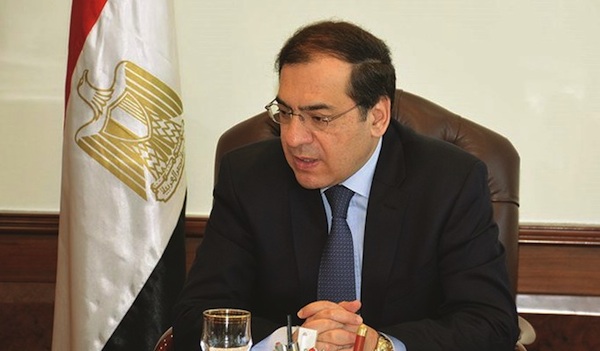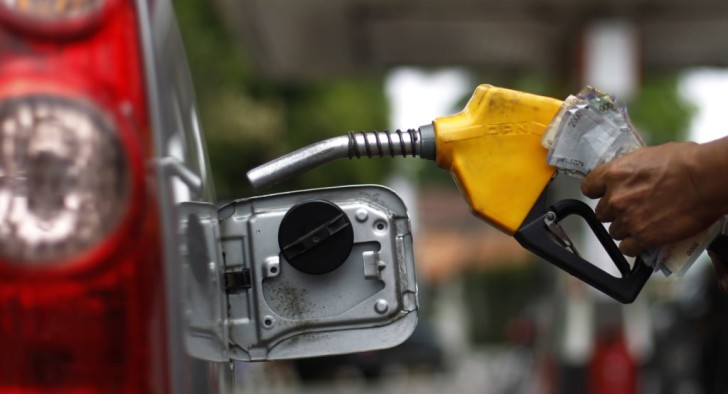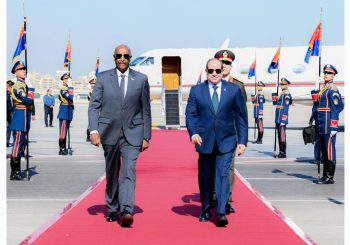
By the end of September, Egypt reached self sufficiency in natural gas production, the Minister of Petroleum Tarek El-Molla states. The Minister hopes to increase the production approximately between 6.5 to 6.7 billion cubic foot per day by the end of 2018.
The last imported LNG (liquified natural gas) cargo came in September, and since October, Egypt has been able to depend on local production to satisfy the market demand.
As a result of Egypt’s self sufficiency in the gas production sector, the minister believes that in the coming few year, the country will become amongst the important gas producing nations because of its strategic geographic location.
Egypt can help countries achieve their production goals by creating pipelines that will connect Egypt to other countries in the Eastern Mediterranean region such as Israel and Cyprus. These pipelines will transfer the gasoline liquefaction plants located in Egypt allowing the country to export the LNG to Europe, Egypt’s target market.
El-Molla explains to Egyptian Streets on the sidelines of the World Youth Forum that Egypt will mainly target European countries to export locally produced gas, because Egypt, geographically speaking, is closer to Europe as opposed to other oil producing countries such those in the Gulf region, the Americas and Australia.
Egypt signed an important energy MOU [memorandum of understanding] earlier this year with the European Energy Commission; the European Union (EU) will thus support Egypt in becoming an energy hub in the region within the next four years, whether its through financial support, capacity building support or technical support.
Egypt’s Strategy to Attract International Oil Companies
The Ministry of Petroleum has taken steps over the last four years towards achieving this memorandum by building a strategy to close the gap between the local market needs and local production. Through bidding rounds, Egypt was able to sign concession agreements with international oil companies.
“The rounds wouldn’t have been made unless we would have been able to analyze how it will successfully attract investors as well as addressing the challenges and problems that were preventing international oil companies to invest in Egypt in the first place,” the minister adds.
Challenges Egypt Overcame to Join the Global Market
One of the main challenges was due to the unbalance and unrealistic economic model the ministry has been using when approaching partners, especially the price of gas that was previously set. “When we balanced the economic model, that created a win-win situation for all parties, ie. the investor, developer and the government, we saw more successful bid rounds,” he continues.
The increased number of interest and participation in Egypt’s concessions lead to the discovery of the famous ‘Zohr Field’, which was up and running within 28 months from its discovery. This was a key benchmark that attracted international oil companies to Egypt after witnessing its “fantastic achievement.”

“International companies are currently looking at new areas they can invest in. We call these areas frontier locations, such as the offshore in the Red Sea, the western side of the Mediterranean in the northern coast, and the western side of the Nile delta off shore,” El-Molla highlights. This paves the way for Egypt to tap into different industries such as petrochemicals and fertilizers along with exporting gas as a raw resource.
To achieve this objective, Egypt took three different steps. First, the country had to decrease its outstanding overdue with the companies. In 2013, Egypt owed USD 6.3 billion dollars to international gas companies, now it is USD 1.2 billion with the aim of eliminating the debts.
The flotation of the Egyptian Pound created a “reliable and sustainable supply of foreign currency” in local banks. Transfer transactions became unrestricted making it easier to send money to dividends of international companies.
Finally, Egypt’s fuels used to be heavily subsidized, where the government covered 50 to 60 percent of the costs. However, as part of its economic reform plans, Egypt started reducing fuel subsidies to 25 percent with the aim of completely eliminating any form of subsidy in the long term.

However, the government’s subsidy budget is affected by the prices of gas in the international market. The recent price hikes caused the subsidy budget to inflate. “We increased the prices of fuel with the aim of having the prices reflect the real value of the commodity,” the minister says, “The money used to subsidize fuel is now being spent on social safety nets, public transportation, education and health care.”
The decrease in subsidy instantly reduced people’s consumption of fuel oil by nine percent and diesel by six percent. As a result of the decreased consumption, Egypt now produces less volumes than it had originally forecasted which means that the budget will not be heavily altered.
In the last year, Egypt has been in the forefront of introducing electric vehicles to its cities.
In November, Egypt started a trial run of electric buses in the coastal city of Alexandria with the hopes of buying more to expand across the country. “We have important government initiatives in order to encourage electric cars and electric engines instead of having fuel operated one,” the minister emphasizes, “At the same time, we are also promoting gas cars because we need these vehicles in the transition phase until people start using electric vehicles.”







Comment (1)
[…] Source link […]